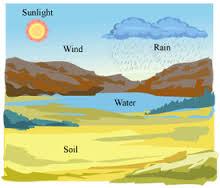
Abiotic
The non-living part of the environment that includes temperature, water (or lack thereof) day/night, etc.
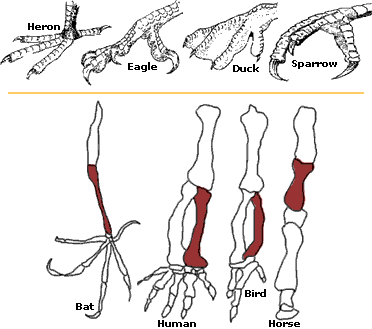
Adaptation
The modification of alteration of an organism so that it adjusts to a new or altered environment.
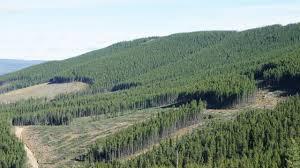
Allowable Cut
The amount of trees which can be taken from the forest annually without significantly altering the balance of the ecosystem.
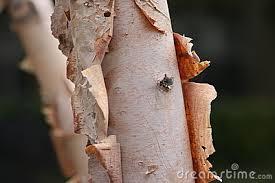
Bark
The visible outer covering of a tree which helps to protect the inside of the tree.
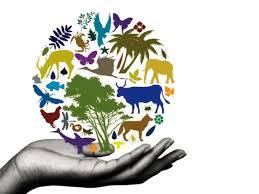
Biodiversity
The many different species living in balance within a specific area or environment.
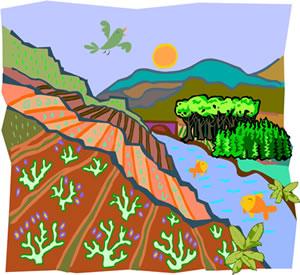
Biotic
The living components of an environment.
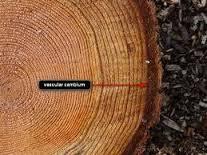
Cambium
The growing part of the tree where cells form actual wood.
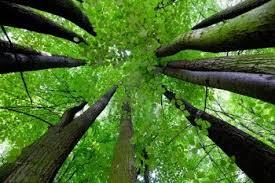
Canopy
The top branches and leaves of the trees in a forest.
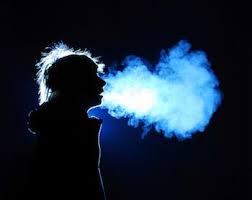
Carbon Dioxide
CO2
A gas composed of carbon and oxygen that is produced when humans and living things exhale.
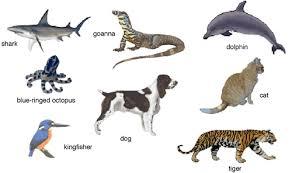
Carnivore
A meat eating organism.
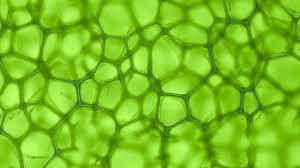
Chlorophyll
The green substance found in leaves of plants that traps light energy used in photosynthesis.
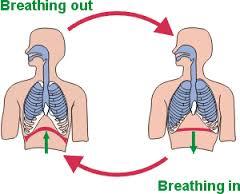
Respiration
The process of releasing energy from sugar and other organic molecules by combining it with O2 to produce CO2 and H2O as waste.
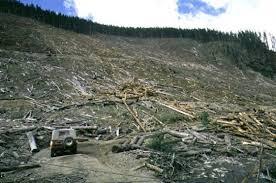
Clear cutting
A method of harvesting trees where ALL standing trees are removed from a section of forest at one time regardless of whether they are usable or not.
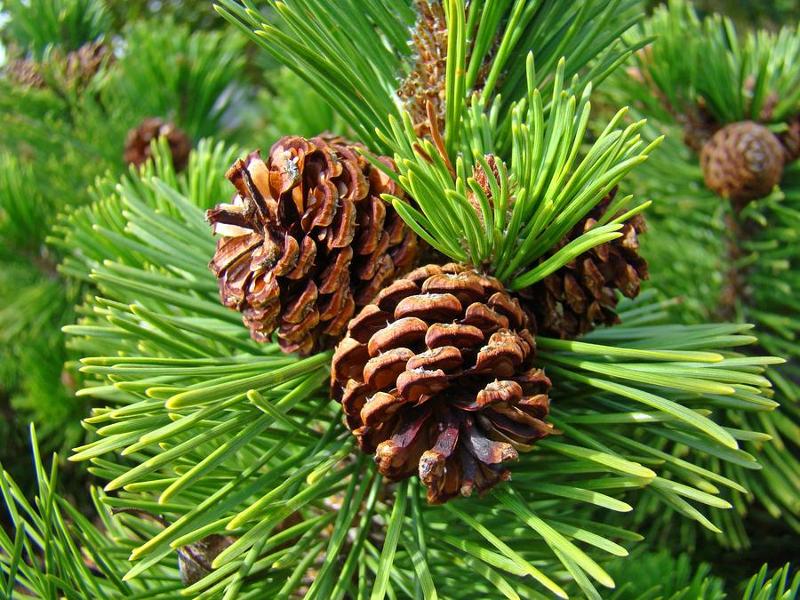
Cones
Small, woody structures of coniferous trees which produce the seeds (a baby tree).
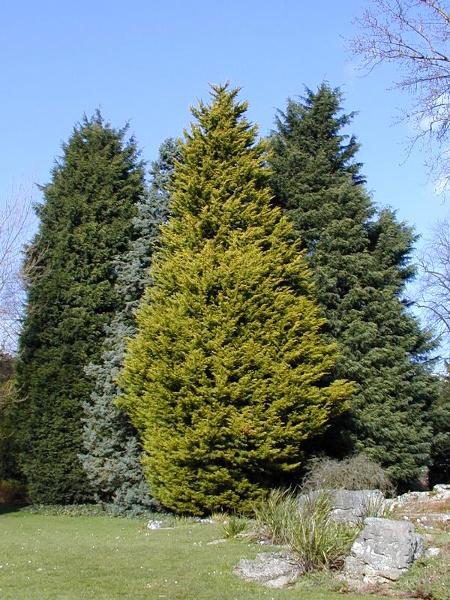
Conifer
A tree which bears cones and has needles as leaves. Some examples are pine, spruce, fir or cedars. They are often referred to as evergreens.
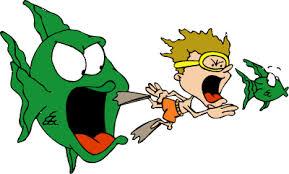
Consumer
An organism which feeds on other organisms in an ecosystem: herbivores, carnivores and omnivores are part of this group.
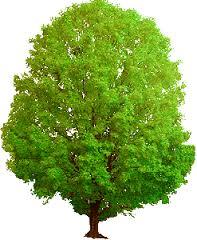
Crown
The top of a tree that forms the canopy.
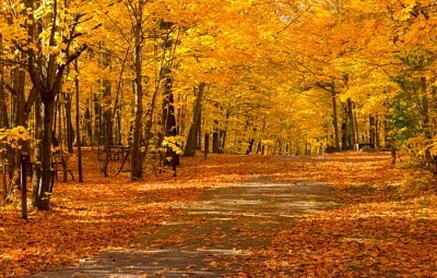
Deciduous
Trees which lose their leaves every autumn or a broadleaf tree.
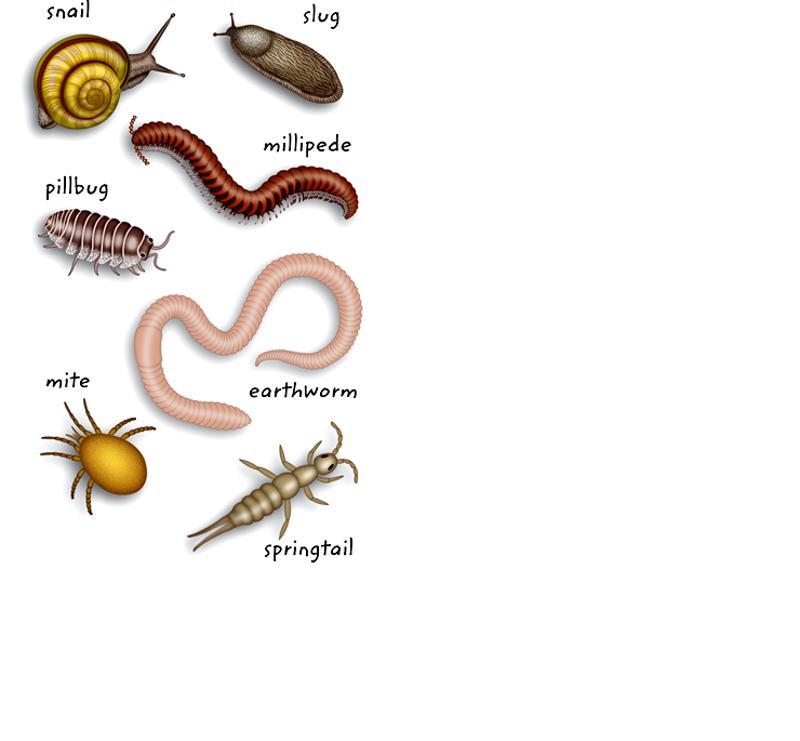
Decomposer
An organism which breaks down material and litter - the forest floor cleaners!
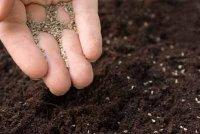
Direct Seeding
Putting seeds directly into the forest floor rather than planting seedlings.
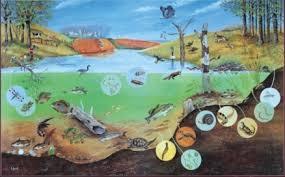
Ecosystem
An area of living and non-living components which form an environment.
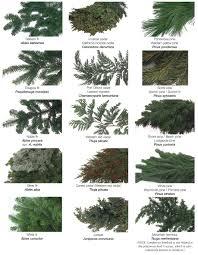
Evergreen
A tree which does not lose its leaves and has needles instead of broadleaves.
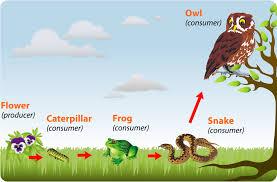
Food Chain
A transfer of energy from the sun from one living thing to another.
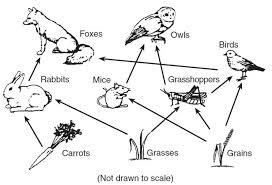
Food Web
The feeding relationships in an ecosystem. It shows how all organisms are connected in a specific ecosystem.
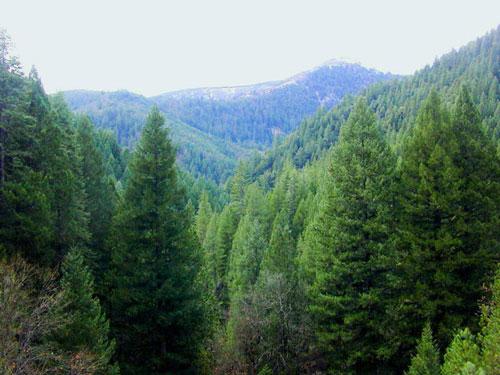
Forest
A group of trees. You had all better get this one CORRECT!!
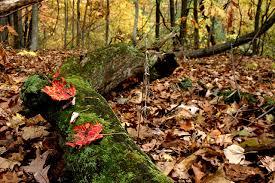
Forest Floor
The area around the base of trees, usually covered with leaves, moss and other plants.
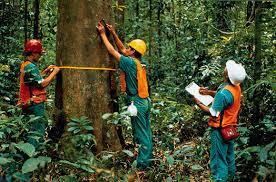
Forest Management
The care and use of forests - it works to protect the forest.
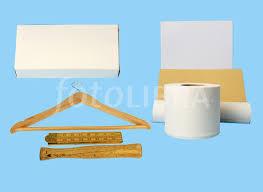
Forest Products
Things that are made from trees.
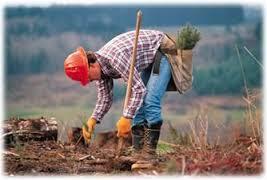
Forestry
The practice of managing, conserving and creating forests.
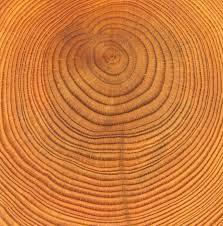
Growth Ring
Rings that are present when you look at a tree cookie which are used to determine the age of the tree.
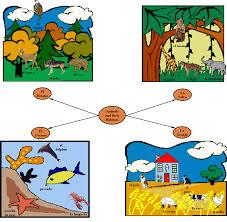
Habitat
A preferred place where an animal or plant lives. or, in simpler terms, an animal's home.
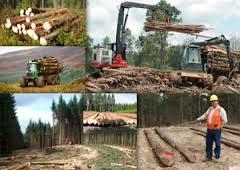
Harvesting
The removal of trees for a variety of uses- logging.
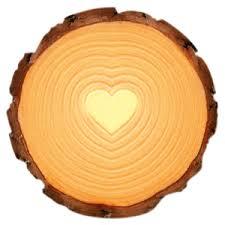
Heartwood
The non-living wood, right in the middle of the trunk, making up most of a tree truck which gives the truck strength.
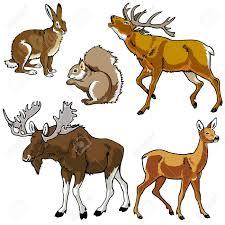
Herbivore
A plant eating organism.
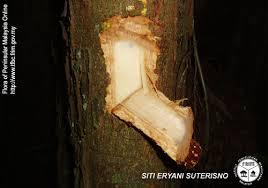
Inner Bark
The inner layer which serves to take food from the leaves to parts of the tree.
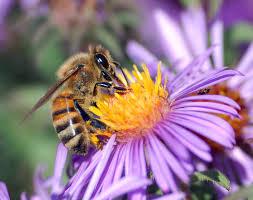
Interdependence
The state of being dependent upon each other for survival - being interconnected.
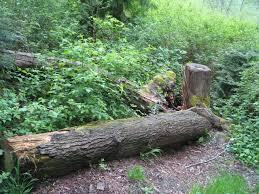
Log
The trunk of a tree after its been felled (cut down).
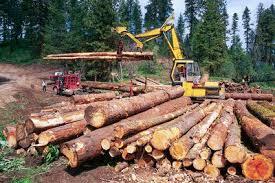
Logging
The cutting and transporting of trees to the mill to make products. A very important industry in Alberta.
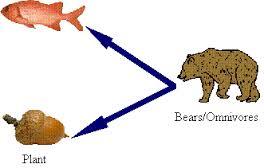
Omnivore
An organism which eats both plants and animals.
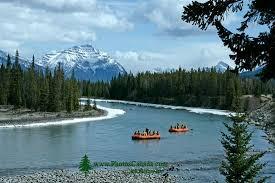
Park
A specially designated area used for recreation.
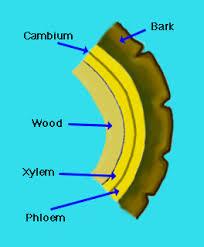
Phloem
The inner bark tissue that transports nutrients down to the roots and back up to the canopy.
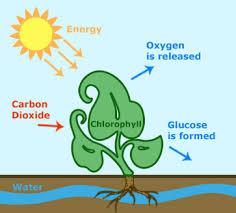
Photosynthesis
The process by which a tree produces its own food (sugar) using sunlight.
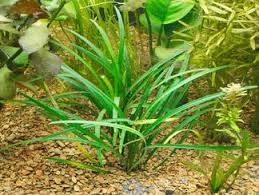
Producer
Any organism which uses energy from the sun to produce its own food. These are generally ALL green.
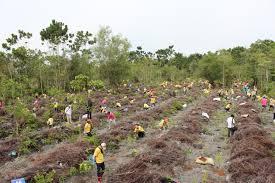
Reforestation
The building of a new forest by replanting or reseeding - usually done after an area has been logged or damaged by fire.
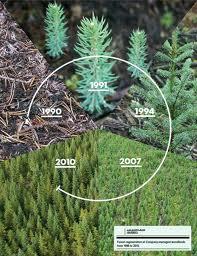
Regeneration
The process of growing back what has been lost. Forests usually do this after a fire with the growth of new seedlings.
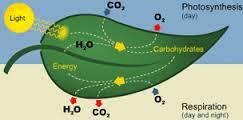
Respiration
When trees "sweat" - trees release water back into the atmosphere.
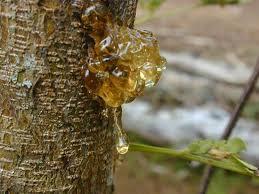
Sap
The fluid part of a tree rich in sugar and starch which moves up and down the tree in the phloem tissue of the bark - maple syrup is one of these (yummmy!)
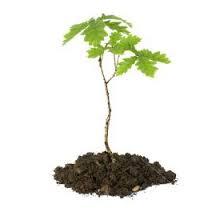
Sapling
Code word for a young tree.
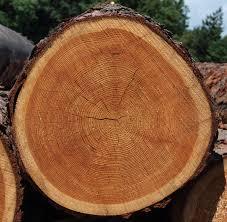
Sapwood
The softer outer layer of the wood in the truck between the cambium and heartwood - responsible for nutrient transportation. The live part of the trunk.
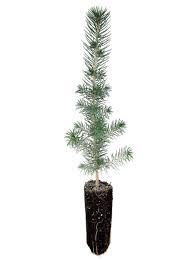
Seedling
Code word for a baby tree.
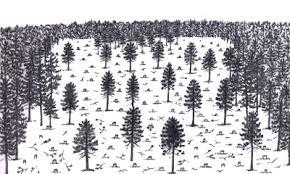
Selective Harvesting
A method of harvesting trees where certain trees are slelected for cutting and ONLY these trees are taken.
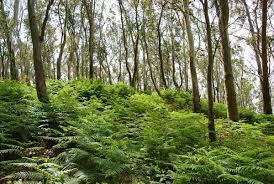
Shrub
A low-growing perennial plant.
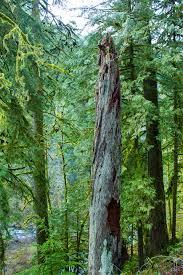
Snags
A standing tree which has begun to decay or a tree which has been felled but has caught itself on the way down. These are great for knocking over - but be careful of hornet nests inside the rotting truck.
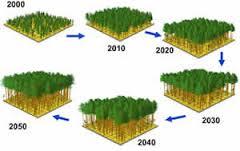
Stand
A group of trees in a given area.
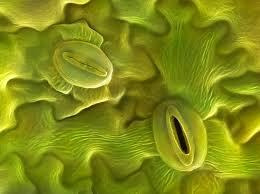
Stomata
Little holes on the underside of leaves which allow the tree to "sweat".
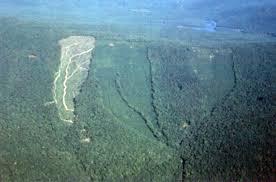
Strip-Cutting
A method of harvesting a forest in strip-like sections.
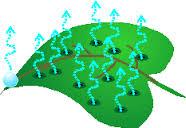
Transpiration
The loss of water through the stomata of the leaves.
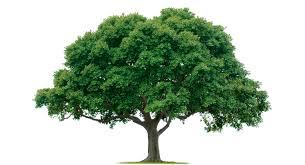
Tree
A perennial plant that has a wood trunk and a self-supporting truck.
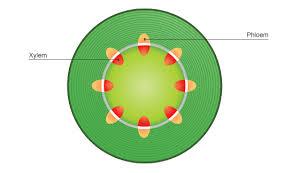
Xylem
Microscopic tubes running throughout the trunk of a tree that transports water and minerals up from the roots.

Your teacher
The most awesome person you know!